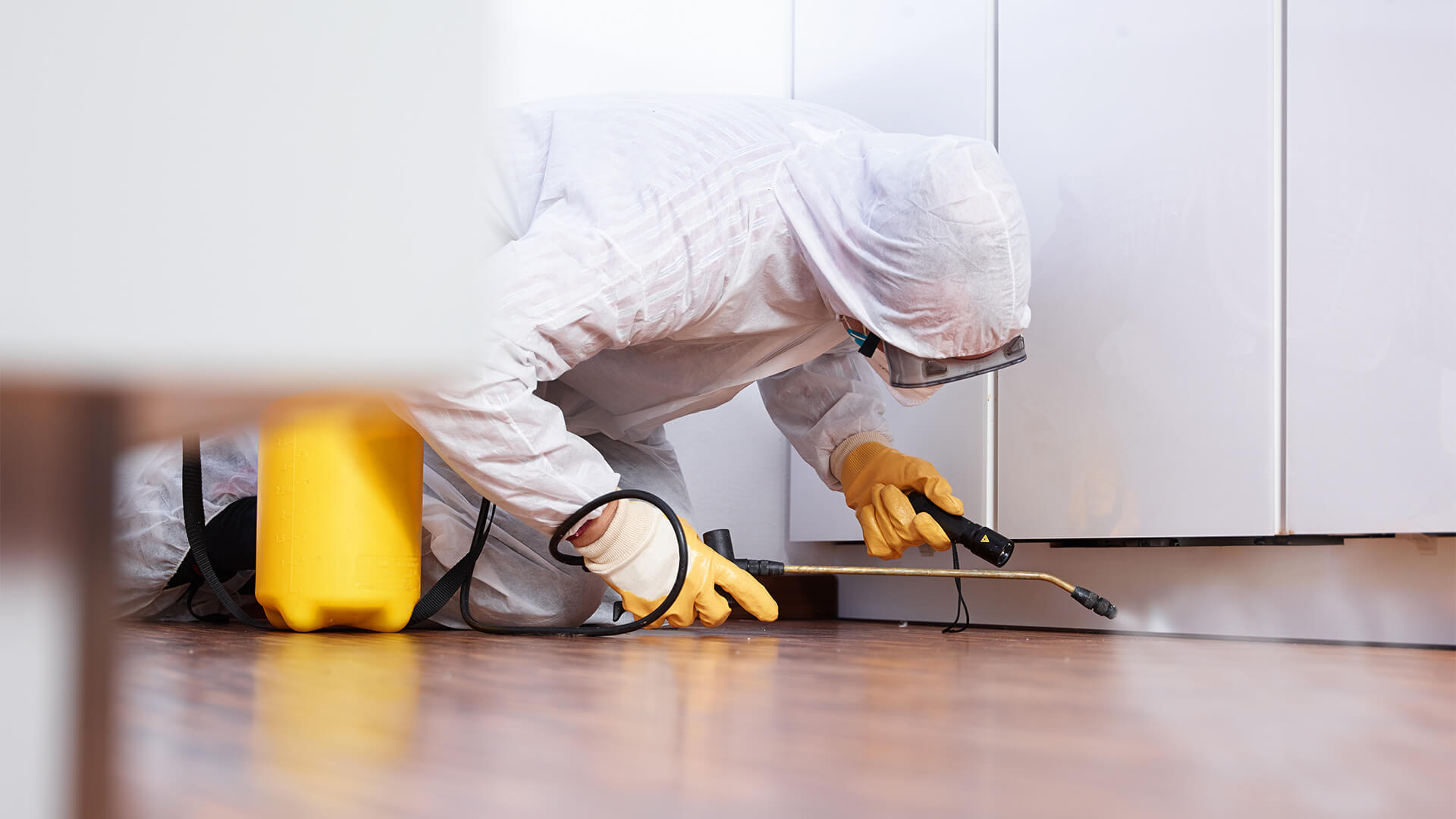As the threat to pollinators such as bees and butterflies continues to grow, it is more important than ever to ensure that pest control methods are safe and eco-friendly. These essential creatures play a crucial role in our ecosystem by pollinating crops, flowers, and plants. Without them, our food supply and natural environment would suffer greatly. Unfortunately, traditional pest control measures can harm or even kill these vital pollinators.
But there is good news – safe pest control does exist for pollinator habitats. By choosing environmentally friendly options for managing pests on your property, you can protect not only your plants but also the valuable pollinators that rely on them.
One of the most effective ways to promote safe pest control for pollinator habitats is through integrated pest management (IPM). This approach involves using a combination of methods to manage pests while minimizing harm to beneficial species like bees and butterflies. IPM utilizes techniques such as physical exclusion (e.g., sealing cracks and crevices), biological controls (e.g., introducing predators or parasites), cultural practices (e.g., rotating crops), and chemical controls as a last resort.
Another key element of safe pest control for pollinator habitats is using natural or organic products instead of harmful chemicals. Many traditional https://www.fyple.biz/company/safe-pest-control-pty-ltd-9lvbnfn/ pesticides contain neonicotinoids, which have been linked to bee deaths worldwide. These toxic chemicals are used on commercial farms as well as residential properties and can easily spread from one area to another through water runoff or wind dispersal.
Instead of relying on these damaging substances, consider using natural alternatives such as essential oils, diatomaceous earth, or insecticidal soaps for your gardening needs. These options are much safer for both humans and pollinators while still effectively controlling pests.
It’s also crucial to be mindful of how you apply any forms of pesticide – whether traditional or natural – in order not to harm nearby bee colonies or other beneficial insects unintentionally. Avoid spraying pesticides during peak pollination hours (usually midday) and check weather conditions before application to prevent drift. Be sure to read and follow the recommended application rates and methods on the product label.
When it comes to managing pests in your garden or yard, prevention is always better than a cure. By implementing preventative measures such as regular maintenance, proper sanitation, and cultivating healthy soil and plants, you can greatly reduce the need for pest management.
You can also create a welcoming environment for pollinators by incorporating native plants that provide food sources and nesting habitats into your landscape. Avoid using invasive plant species that can disrupt native ecosystems and harm pollinator populations.
In conclusion, safe pest control for pollinator habitats is crucial in protecting our essential bee, butterfly, and other insect populations. By utilizing IPM techniques, choosing natural alternatives whenever possible, being mindful of pesticide application methods, and promoting a healthy environment for these beneficial creatures to thrive in – we can make a positive impact on their survival while still effectively managing pests in our surroundings.

